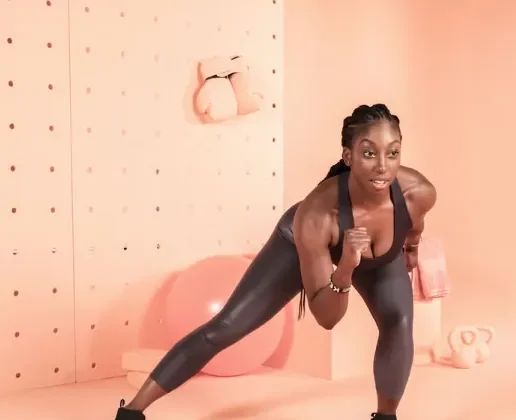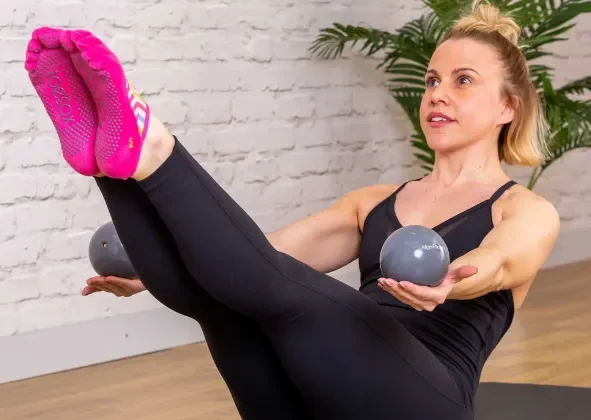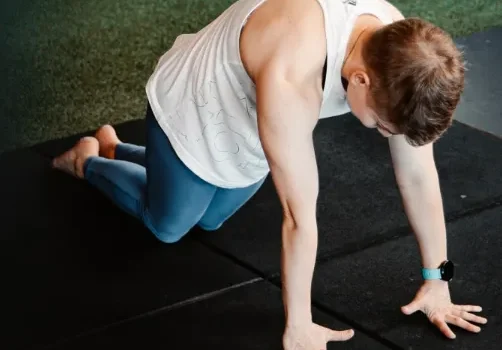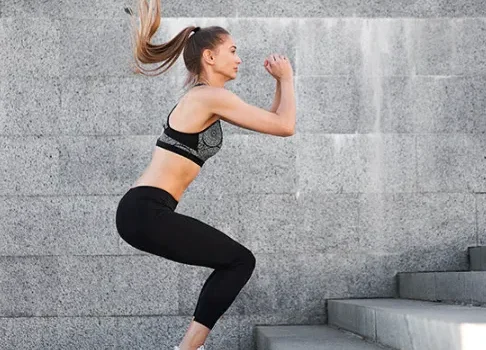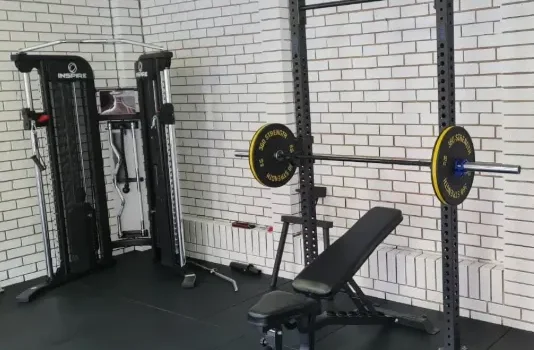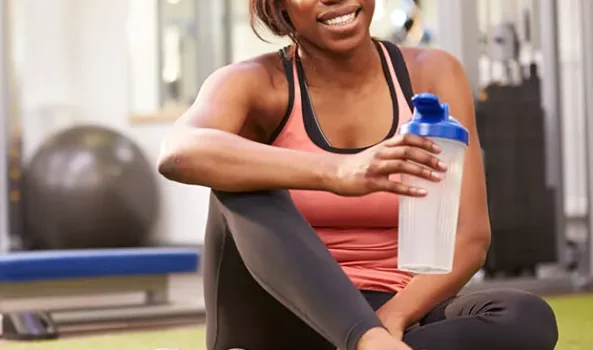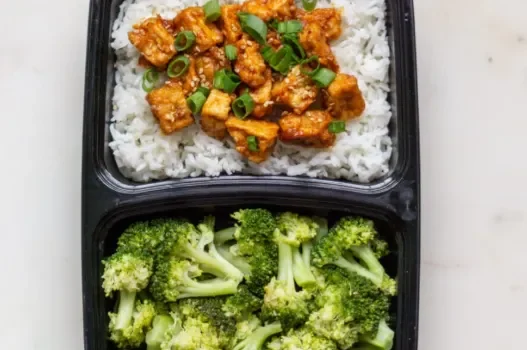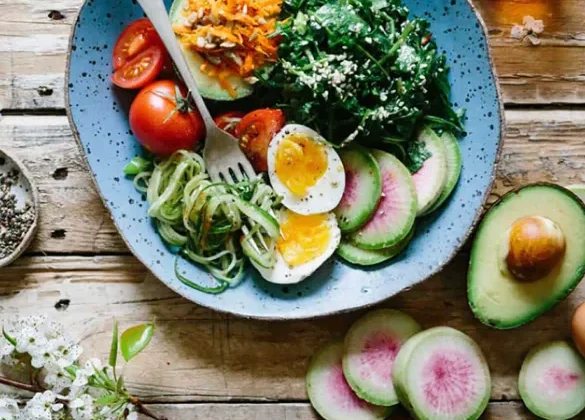
Wearing a monochromatic outfit is an easy yet stylish way to elevate your look. We’ve all been there: reaching for black pants, a black top, and black boots when we’re in a rush, and while it’s a simple choice, monochrome outfits can also be bold and eye-catching if done right. From neutral tones to vibrant hues, this trend can make you look sleek, sophisticated, and fashion-forward. Let’s dive into what makes a monochromatic outfit and how to master it with style.
What Does Monochromatic Mean?
The term “monochromatic” is derived from two words: “mono,” meaning single, and “chromatic,” meaning color. A monochromatic outfit consists of various pieces in the same color, but it doesn’t mean wearing the exact same shade from head to toe. The beauty of this style lies in mixing different tints and shades of one color, creating a rich, layered look.
For example, if you choose blue, you could pair navy trousers with a lighter blue top and accessories in a medium blue shade. This creates depth and adds visual interest, while still maintaining a cohesive and streamlined appearance. The key is to experiment with different shades and tones, avoiding a flat or overly uniform look.
Tips for Styling a Monochromatic Outfit
If you want to pull off a monochromatic outfit that looks stylish and sophisticated, here are some essential tips to follow:
1. Play with Textures
Mixing textures is a game-changer when it comes to monochromatic outfits. By combining fabrics like wool, cotton, leather, or sequins, you can add layers of interest to your look without compromising the simplicity of the color scheme. For instance, pairing a sleek leather jacket with a soft knit sweater creates a chic contrast, while satin shoes can add a touch of luxury to an otherwise casual outfit.
2. Achieve Balance with Proportions
Balance is key in any outfit, especially monochromatic ones. To avoid being overwhelmed by one color, play with proportions. For example, if you’re wearing a loose top, pair it with fitted pants. Conversely, a form-fitting top can be balanced with a flowy skirt or wide-leg pants. The goal is to create a harmonious silhouette that highlights your figure.
3. Use Lighter Shades for Contrast
Monochromatic outfits don’t have to be limited to dark tones. Light shades of the same color can also look stunning. A soft blush dress paired with a light pink cardigan or a pastel blue outfit can create a fresh, airy look, perfect for spring or summer. The key is to use a combination of light and dark shades to add dimension to your outfit.
4. Accentuate Your Features
To highlight your best features, choose colors and shades that flatter your skin tone. For fair skin, consider warmer shades like navy or soft peach, while deeper shades like burgundy or emerald green work wonders for darker complexions. You can also use belts or accessories to accentuate your waist and create definition in your monochromatic ensemble.
5. Add Subtle Patterns
Monochromatic doesn’t have to mean solid colors. You can introduce subtle patterns that align with your color scheme to add visual interest. A striped top in the same color as your pants, or a floral print scarf in coordinating hues, can break up the monotony without clashing with your outfit. Just be mindful of the patterns, as they should blend seamlessly with the color palette you’ve chosen.
6. Keep Shoes Simple, But Interesting
When it comes to shoes, opt for a style that complements the overall look without drawing too much attention away from your outfit. A pair of metallic heels, suede boots, or even patent leather shoes can work wonders in a monochromatic outfit. Experiment with different textures in your shoes to add an unexpected twist to your look.
Choosing the Right Color for Your Monochromatic Outfit
Selecting the perfect color is crucial to making a monochromatic outfit work. Choose a color that flatters your skin tone and enhances your natural features. If you have fair skin, softer colors like navy or pastel shades are great choices, while deeper hues such as plum, emerald, or burgundy complement darker skin tones beautifully. Neutrals like black, gray, or brown are easy to start with and incredibly versatile, but don’t be afraid to experiment with bold colors like mustard, teal, or deep red for a more daring look.
Monochromatic Outfits for Different Occasions
Monochromatic outfits can be adapted to fit any occasion. Whether you’re heading to the office, a casual weekend outing, or a formal event, the monochromatic trend has you covered:
- Casual Looks: Pair a simple color palette with comfortable pieces like a sweater, jeans, and sneakers. Think of shades like soft gray or beige for a cozy, laid-back vibe.
- Workwear: A well-tailored monochromatic suit can make a powerful statement at the office. Navy, charcoal, or deep green are perfect for creating a polished look, while maintaining professionalism.
- Evening Attire: For a night out, go for rich, jewel-toned monochromatic outfits. Pair a satin burgundy blouse with velvet trousers for a luxe feel, or try a black dress with a sleek, black jacket for a timeless, elegant look.
The Petite Advantage of Monochromatic Looks
Monochromatic outfits are especially flattering for petite women. When dressed in one color from head to toe, the outfit creates a seamless line that can make you appear taller and more elongated. This simple yet effective trick can give petite frames a sleek, statuesque appearance. To make the most of this look, experiment with high-waisted pants, skirts, or dresses to add more height and dimension.
Final Thoughts
A monochromatic outfit is a timeless and stylish way to express your personal fashion sense. With the right mix of colors, textures, and accessories, this look can be bold, refined, or casual—whatever suits your mood and the occasion. By experimenting with different shades, playing with proportions, and selecting colors that complement your natural features, you can easily master the art of monochrome dressing and make a stylish statement wherever you go.

